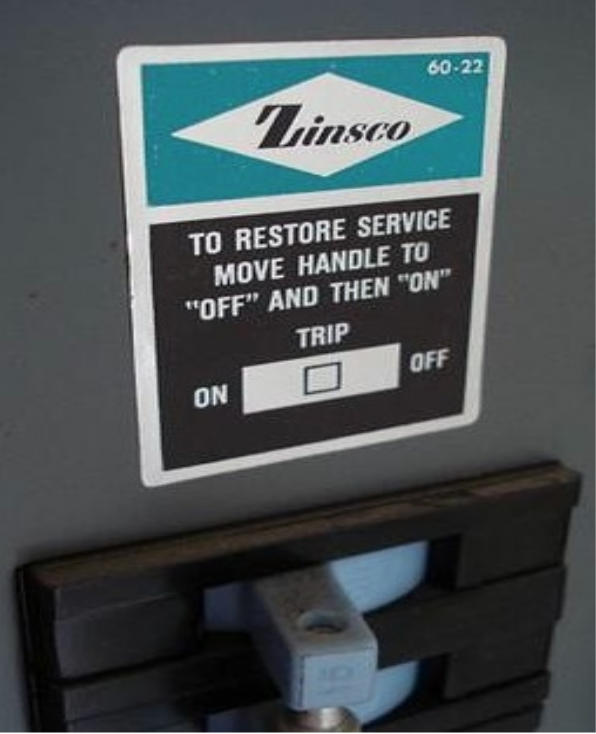As inspectors, we are aware that all forms of electrical inspections, especially electrical panel inspections, are inherently dangerous. We practice calm, steady movements and learn to avoid distractions. A sudden flash, shout or movement could cause an inspector to lunge and touch an electrically live and dangerous component. We advise all our clients that they should never remove an electrical panel cover themselves, as they should leave this duty to licensed electricians or Sea To Sky Inspections. Before touching the electrical panel, inspectors ask themselves the following questions:
- Do I have an escape path? Make sure that you know where you can safely turn or step if you must safely escape a dangerous surprise, such as bees or sparks. An unfortunately placed shovel or extension cord, for instance, can turn a quick jerk into a dangerous fall.
- Are the floors wet? Never touch any electrical equipment while standing on a wet surface!
- Does the panel appear to be wet? Check overhead for dripping water that has condensed on a cold water pipe. Moisture can arrive in more ways than you can imagine.
- Is the panel rusty? Rust is an indication of previous wet conditions that may still exist.
As an optional safety measure, we may use a voltage ticker to make sure the box is safe to touch. If the alarm sounds on the device, have the box examined by a qualified electrician. Also, safety glasses and other personal protective equipment may be used to protect against burns and electric shock.
Service Panel Inspection
Sea To Sky Inspectors check for the following defective conditions during an electrical panelinspection:

- Insufficient Clearance. Most residential electrical panels require at least a 3-foot clearance or working space in front, 30 inches of width, and a minimum headroom clearance of 6 feet, or the height of the equipment, whichever is greater
- Aluminum Branch Wiring.
- Pointed Screws. Sharp-tipped panel box screws or wires damaged by these screws. Panel box cover screws must have blunt ends so they do not pierce the wires inside the box.
- Circuit Breakers. Circuit breakers that are not properly sized.
- Oxidation. Oxidation or corrosion to any of the parts. Oxidized or corroded wires will increase the resistance of conductors and create the potential for arcing.
- Pest Damage. Rodents have been known to chew through wire insulation in electrical panels (and other areas),creating an unsafe condition. Rodents have been electrocuted this way, leaving an unsightly mess inside the panel.
- Electrical Failures. Evidence of electrical failures, such as burned or overheated components.
- Water Entry. Evidence of water entry inside the electrical panel. Moisture can corrode circuit breakers so that they won't trip, make connections less reliable, and make the equipment unsafe to touch.
- Bonding. Evidence of missing or improper bonding. This may indicate improper wiring, damaged equipment or unsafe conditions.
- Contact Points. The physical contact points of the overcurrent protection device to the contact point of the buss are not making good contact. The sounds of arcing (a cracking or popping sound) may indicate this condition.
- Zinsco or FPE. Panels manufactured by Zinsco or Federal Pacific Electric (FPE). These panels have a reputation for being problematic and further evaluation by a qualified electrician is recommended. Zinsco panels can generally be identified by a blue and silver "Zinsco" label inside the panel, and an embossed "Magnetrip" label at the top of the panel face. FPE panels should include, if they were not removed, one of the following identifying labels:
- Federal Electric
- Federal Pacific Electric
- Federal NOARC
- Federal Pioneer
- FPE
- FPE-Stab-Lok
- Stab-Lok
Ensure your peace of mind that your electrical panel is safe with a home inspection by our
certified professionals.

Sea To Sky Inspections
Your Home, Termite & Sewer Inspection Professionals